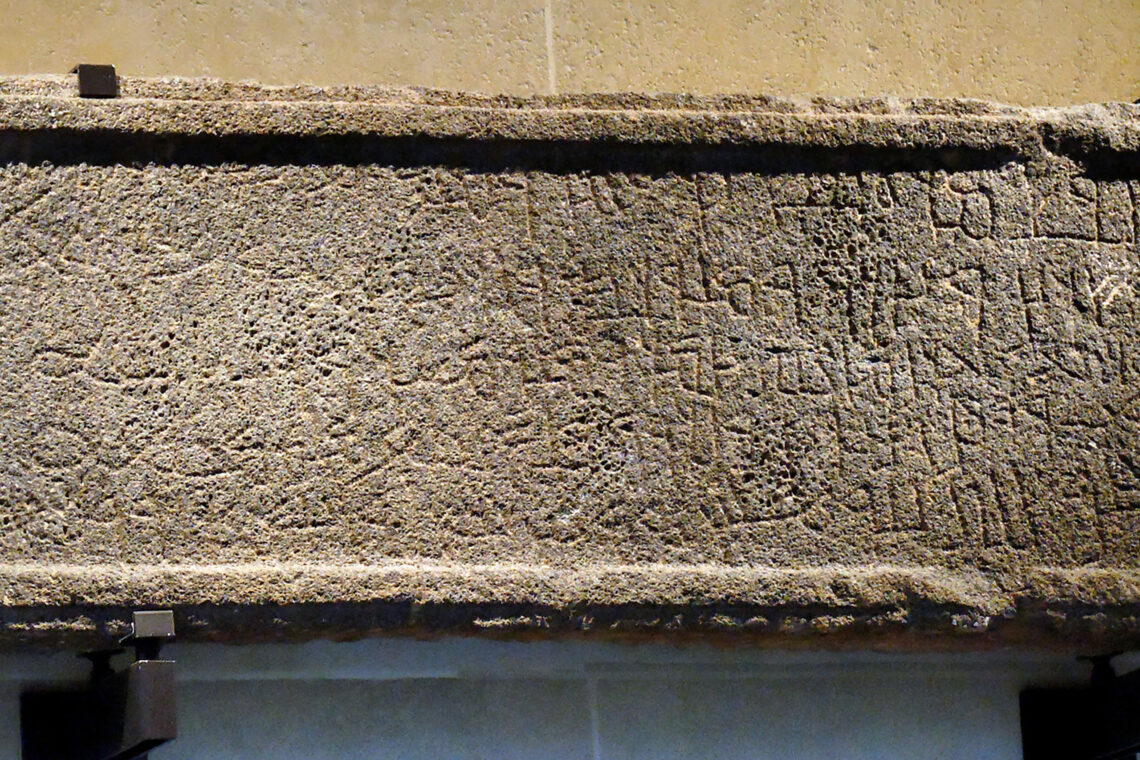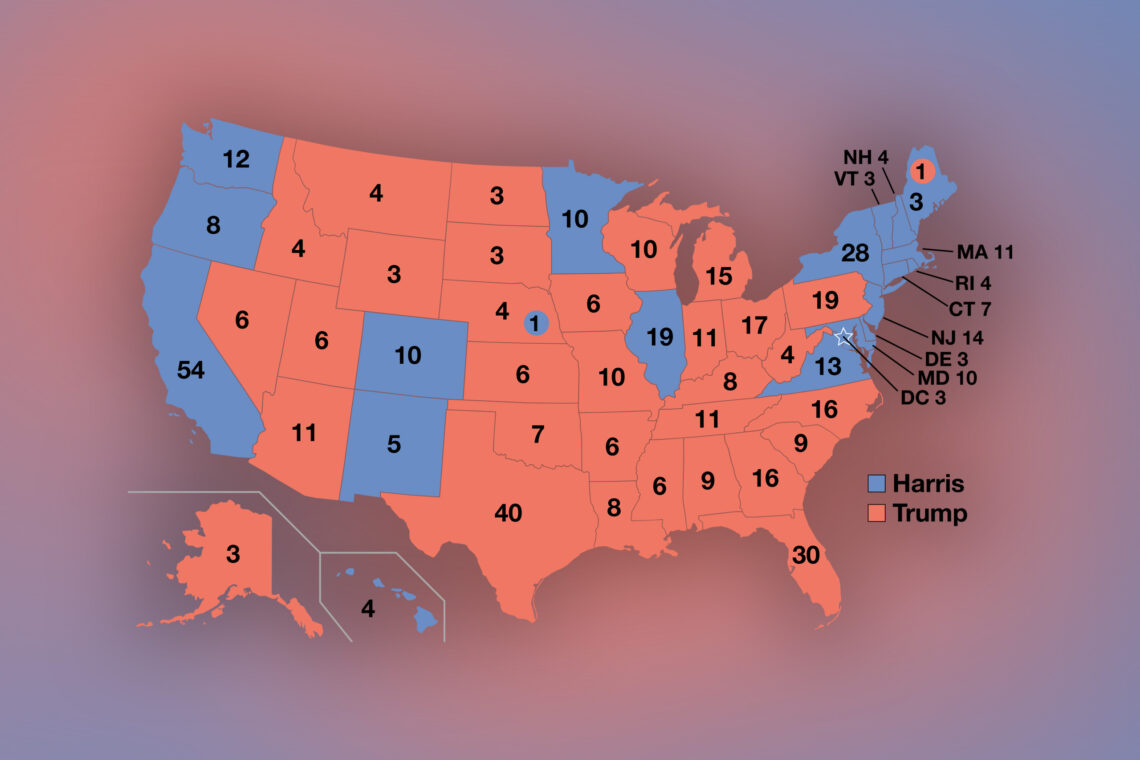Thanks to all the great people I met, my recent trip to Washington, D.C. was even more exciting than the two previous ones. I was once again reminded that the U.S. capital was established by visionaries who were devotees of the great ideas of the Enlightenment, the 18th century belief that human and social development can be reached through the efforts of human reason and the study of world history. America’s founding fathers acknowledged the power of religion, but thought that governments have no business upholding a particular doctrine, and so they separated Church from State in order for people to better live out their faith—whether it be Christianity or Islam. At a time when religious and narrow ideological passions are endangering the world’s political culture, it is moving to visit America’s monumental capital and reflect on today’s human predicament
While I was in the city, Dave Lonie (my very knowledgeable companion with an astonishing memory) and I devoted one trip to the National Gallery of Art, which is exhibiting the work of Jean-Antoine Houdon (1741-1828), the legendary French sculptor of the most prominent figures of the Enlightenment. I must confess that, having grown up in a Muslim environment, I never had much appreciation for portrait sculptor, but this exhibit tempered my bias. I found myself looking carefully at the busts of mischievous Voltaire; the almost saintly aura of George Washington; the sharp intellectual disposition of Thomas Jefferson; the tragic destiny of Napoleon Bonaparte, the Corsican boy who became emperor of France and much of Europe; and several other figures of the Enlightenment who have left a strong imprint on modern history. Houdon devoted a few sculptors to mythical themes and natural phenomena, depicting Winter (La Frileuse) and Summer, Diana the Huntress and Apollo, and St. John the Baptist, known as L’Ecorché (Figure of a Flayed Man). The latter was composed in 1767, when Houdon was still a student in Rome.
One of the most exciting afternoons I spent in D.C. was visiting what is probably America’s greatest monument to liberty: The Supreme Court building on Capitol Hill. The Court offers guided tours, so Dave and I waited patiently till we were ushered into the court itself and sat on the first row facing the Bench. The court’s rather square room is adorned with thematic friezes about justice and the history of law. The frieze directly facing the justices displays the allegorical battle between good and evil, with despotic power, deception, slander, corruption representing the “powers of evil,” while security, harmony, peace, charity, the defender of virtue, and wisdom representing “the powers of good.” In the middle sit the larger figures of Justice and Divine Inspiration.
The Spanish-marble friezes on both sides of the judges represent a historical procession of lawgivers, mixed with allegorical figures, such as Fame, Equity, Philosophy, etc. I was most delighted to find out that Islam’s contribution is acknowledged in this holy of holies, a testament to America’s openness to the great civilizations of the world. Even the marble floor of the court is imported from foreign countries, including from Algeria. This majestic and awe-inspiring court, the East Wall frieze makes clear, is ultimately designed to defend human freedom, represented in the Bill of Rights on the frieze behind the Bench. If you stand outside the building, you could see that the largest central figure on the main entrance’s pediment is Liberty Enthroned.
The ideals that the U.S. struggled to establish would have a precarious future in a world still swayed by the destructive powers of tribalism and the inclination of human cultures to see themselves as superior to others. Europe, the birthplace of the Enlightenment, soon succumbed to grand and delusional schemes of empire and racial purity. When nations follow this path, they commit great atrocities and inflict huge suffering on the innocent.
This was the case of Nazi Germany, where Hitler and his henchmen decided to purge their so-called Aryan race from foreign blood and their nation from subversive, un-German ideas. This dark chapter in human history is grimly illustrated in the Holocaust Memorial Museum. Walking through some of its temporary and permanent exhibits, one is reminded that the Nazi doctrine of racial and cultural purity began with the burning of books in bonfires and ended with the burning of human beings in huge industrial ovens. The books of all the significant Western writers of that period (many of whom were Jewish or socialist, often both at the same time) were deemed un-German and destroyed. The museum, with its suggestive architecture and unflinching depiction of the horrors of the Holocaust, is a moving testament to the resilience of the Jewish people who lived as persecuted minorities for thousands of years and a strong warning against the evils of intolerance and the temptation to scapegoat people who are different. I was profoundly moved when I reached the Rescuers’ Wall, where the names of the “righteous among nations” who had risked their lives to save defenseless Jews are inscribed.
My good friend and generous host, Mohammed Ariad, and I were hoping to see Morocco’s King Mohammed V’s name prominently etched on the wall. During World War II, the King refused to surrender his Jewish subjects to the collaborationist Vichy regime in France, which was then occupying Morocco. He knew that Moroccans are one people, regardless of race or religion. If King Mohammed were to be added to the list of the righteous, he would probably be the first Arab and Muslim to be so honored. It would truly express Moroccans’ refusal to be divided by religion, a fact dramatically proven in the Casablanca demonstrations following the barbaric attacks of May 16, 2003.
Here, then, in this city of the Enlightenment, were powerful illustrations of the monumental challenge facing the globe today. Human reason and the transcendence of narrow beliefs–the tenets that inspired America’s revolutionary generation–are still struggling against powerful waves of religious and nationalistic fervor. The federal District of Columbia (a tribute, like so many other places in the U.S., to the Italian explorer who opened America to European settlement), named after America’s greatest military hero, designed by a Frenchman, and built on neutral ground is a symbol of hope and a testament to America’s openness to various influences. It is the indestructible shrine to the American Republic as it was truly conceived, a place where free speech is protected and the Constitution and the Bill of Rights place serious restraints on the powers of government. No wonder the books that the Nazis burned and the writers they persecuted found a new life in this country. And the U.S. is still doing this. What we call the “brain drain” is, in truth, the quest to pursue one’s intellectual vocation free from all forms of censorship and political intimidation.
Human history shows that America’s freedoms are fragile acquisitions that can be swept aside in no time. White supremacists are still agitating for a racial utopia; people are still being singled out because of their national origin, religion, or unfamiliar name; and free expression is everywhere being threatened or curtailed. Instead of expressing the beauty of love and the joys of the spirit, religions are embracing belligerent attitudes and darkening the prospects for a genuine global dialogue. In such a climate of turmoil, it is good to remember the vision that built the U.S. capital. Such a vision may well be our only hope to keep the ever-lurking monsters of intolerance and violence at bay.




Comments are moderated by the editor and may not appear on this discussion until they have been reviewed and deemed appropriate for posting. All information collected is handled in a manner consistent with our privacy policy.